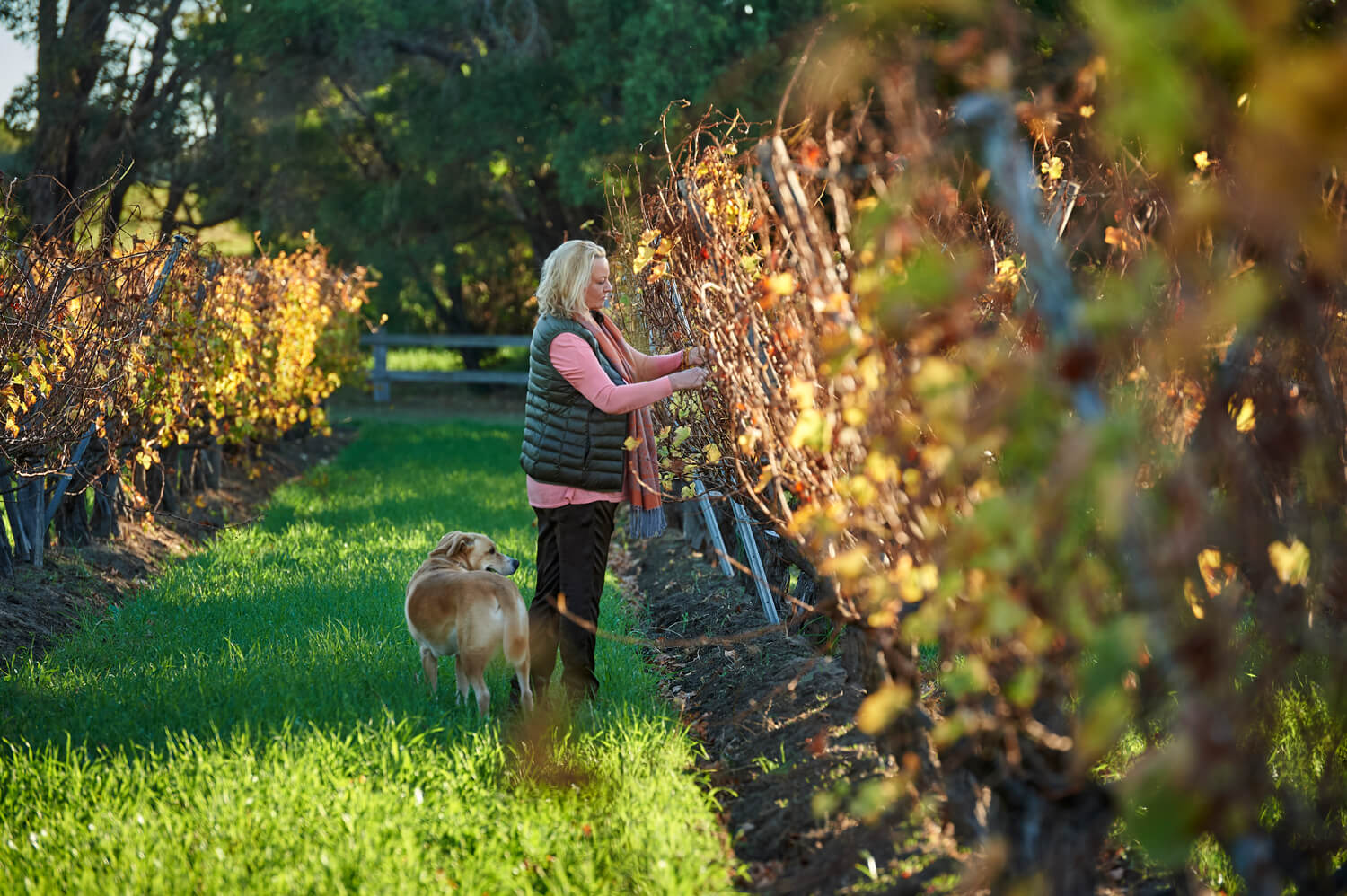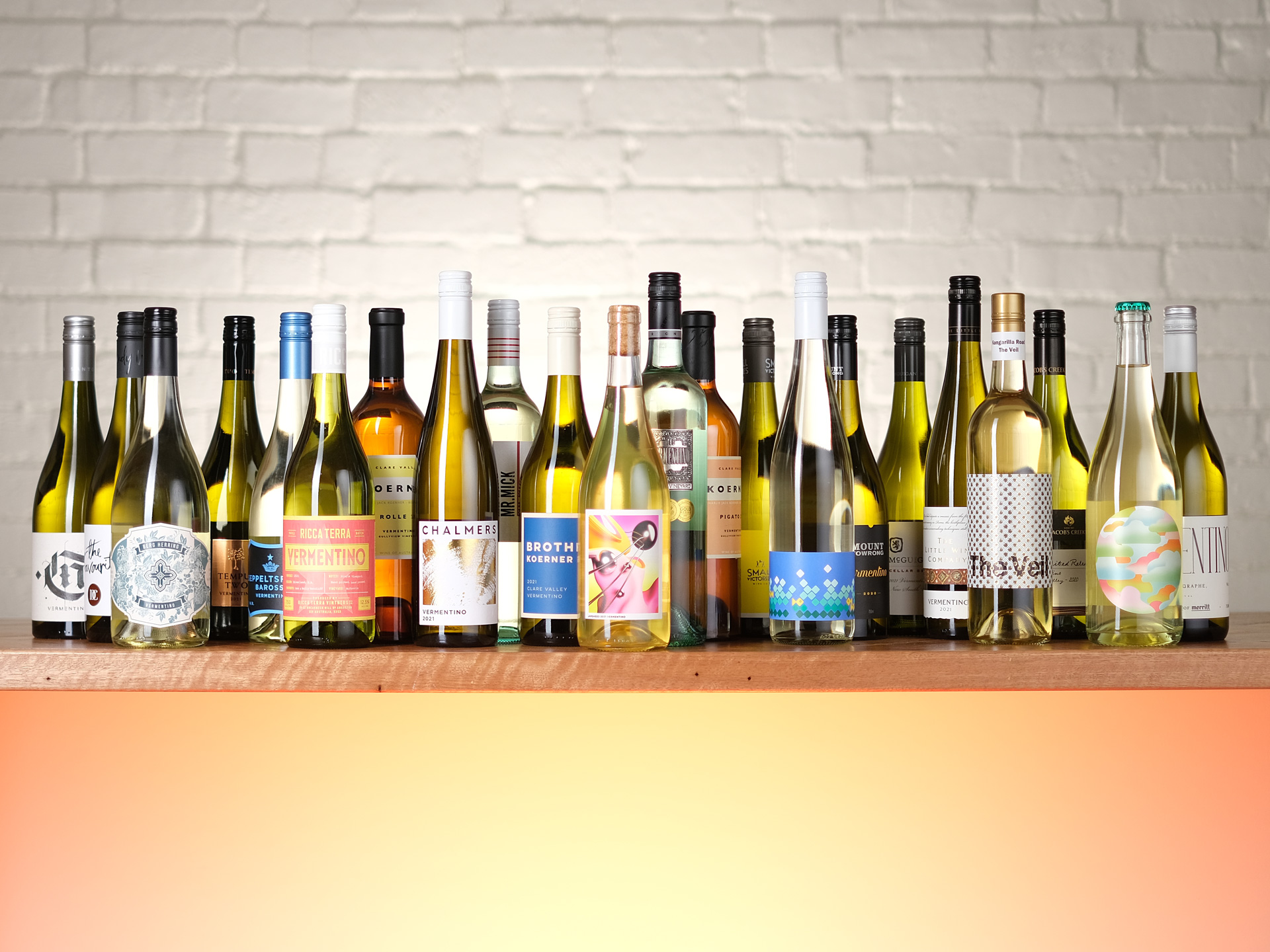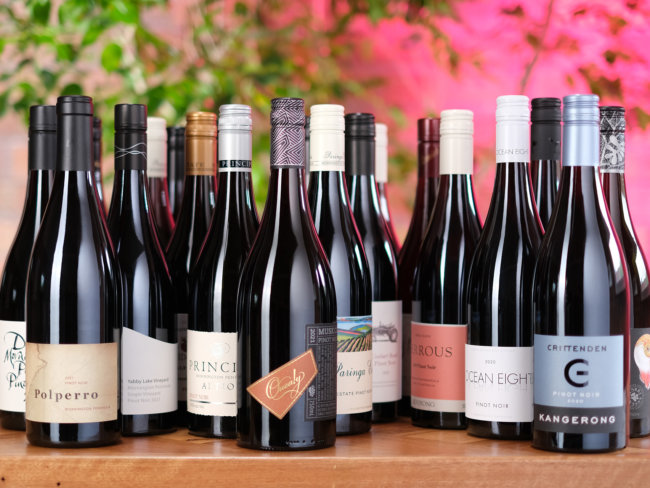Natural wine – or naturalness in wine – is a thorny issue. And it’s one that seems to have created a divide that sees seemingly conventional wines pitched against the creative flourishes of the avant-garde. But are we missing the point? Natural wine is not a style, it’s an ethos. And it is one that begins in the vineyard. Equating winemaking style with naturalness – or a lack of it – can be misleading, and the truth is not always easy to unpick, especially when there is often a degree of opacity to methods of both farming and making.
With a raft of additives available to winemakers – some of them seemingly sinister, and some unquestionably benign – the desire for drinkers to know exactly what they’re drinking is understandable. As is the desire to chase wines that haven’t been tinkered with, been nipped and tucked into commercially viable shape, wines that – as winemakers always say – truly reflect the place they came from.
The natural wine movement evolved out of a collaboration of like-minded growers and producers in France in the 1970s. They made wine reflecting an earlier time, with no filtering and no additions bar a minimal dose of sulphur at bottling, if at all. They also worked exclusively manually and farmed with no synthetic inputs to control pests, weeds or disease.
It is a noble movement, championing the deindustrialisation of wine. A movement guided by firm principles, with sensitive, sustainable farming at its core, though it is one that has no certification process or binding laws.
When the tentacles of natural wine reached Australia, many makers inspired by the methods were either not vineyard owners or only had marginal input into how their fruit was farmed, so they simply upheld the lo-fi winemaking processes that fulfilled the rest of the charter.
It’s made in the vineyard
“I think there were a lot of people claiming to be natural who were using chemically grown fruit,” says Cullen Wines’ Vanya Cullen. “That was always my biggest concern. Buying fruit from anywhere, letting it ferment and then putting it into bottle isn’t a natural wine.”
True natural wine is made from grapes grown using strict organic or biodynamic methods. The adjective “strict” is important, as terms like “organic principles” or “biodynamic methods” can sometimes be misused, unfairly aligning less-rigorous growers with certified winegrowers like Cullen.
![]()
Vanya Cullen advises they have been organic growers since 1998, and biodynamic since 2004.
At best, these terms convey that a grower has not paid for certification but ardently adheres to the principles. At worst, they are deliberate ambiguities for those also using synthetic chemicals. The latter example is a deception. You can’t be organic and use inorganic pesticides and herbicides. Not even a little bit.
For natural wine adherents, organic viticulture is the starting point. And it is the minimum.
Cullen has been a tireless champion of biodynamics, both in the vineyard and, importantly, in the winery. And she’s a great advocate for being transparent, too, conducting field days for over a decade to both promote and educate, as well as to be open about her processes.
“It’s really important to have that integrity, and to have it 100 per cent,” she says. “It’s been really pleasing this year. In 2004, when we went biodynamic, we just got clobbered by everyone. ‘Why are you doing that?’ Cow horns and all that… Now, with all that hard work, we’re reaping the benefits. In terms of wine quality and also in terms of the acknowledgement of the [farming].”
Natural expectations
Overwhelmingly, though, natural wine has become synonymous with a style that smashes expectations, for better or worse. And while true devotees never minimised that foundation of organic growing, the general public – and many otherwise well-educated drinkers – more readily equated natural wine with skin-contact whites, eccentric blends, pét-nats and the like.
“I don’t see it like, ‘natural wine has to be cloudy’,” says Cullen. “There has been a lot of bad marketing for natural wines that have not been made well, and it’s ruined things for those that have been making [natural] wine well.”
![]()
Sauvignon blanc grapes in amphora, destined for Cullen’s ‘Amber’ wine.
Making wines for a long-established market – the estate turns 50 next year – Cullen’s iconic wines are largely classic in stature. And some don’t strictly fit the natural wine charter, as new oak is sometimes employed (purists will tell you natural wine should have no new oak), and bentonite (a naturally occurring clay used to clarify) is sparingly used in some whites. Cullen’s Supernatural wines, however, more readily tick the natural wine checklist, and often in styles that mesh neatly with the expectations.
“With the Supernatural wines, there’s a different expression. It’s a hard line to draw, because all our wines have low sulphur dioxide and we harvest everything by the moon. Each [Supernatural] wine has a natural ‘feeling’ to it. We just titled them Supernatural, as they express themselves differently to a ‘normal’ wine.”
Supernatural discoveries
For Cullen, the Supernatural range has not so much been a journey into making wines as naturally – and as well – as she can, as she believes this is her approach already, rather they are very much an exploration of different methods, of different styles. And it is a process that has influenced her making more broadly.
“We’ve learnt a lot from making the ‘Amber’ for our other wines, as well,” says Cullen. “In terms of giving our more traditional white blends more skin-contact time, which makes more interesting wines, with more texture and phenolics.”
With low sulphur additions (and sometimes none at all) across all the Cullen wines, the conventional expectation is that they would be more prone to oxidation. But Cullen’s experience has been the opposite. And she largely puts that down to the farming.
![]()
Hand sorting grapes at Cullen. Vanya Cullen suggests it’s the quality of fruit that enables their wines to age, naturally.
“I don’t think it’s to do with sulphur dioxide. I think it’s due to the fruit quality when it’s physiologically ripe. You can open the wines and keep them in the fridge for two or three weeks, and they’re fine. Obviously, they’re not as fresh, but they don’t really deteriorate. It’s because of the biodynamically farmed fruit… I don’t understand why completely, but there’s certainly a difference in how we used to make our wine and how they aged, and how we make them now. We don’t manipulate anything. There’s not a taking out of anything.”
Cullen Wines are in an unusual position, with the portfolio of wines crossing from the classic to the adventurous, and all undercut with admirable levels of integrity and transparency. There aren’t many makers that can reasonably claim strong credentials in both camps, but then belonging to one clique or another has never been of any interest to Cullen.
“If you’re really talking about something that’s not about branding or marketing. If you’re really trying to make a beautiful wine that’s expressive, that’s good for the earth, it shouldn’t matter who made it … it sort of creates an elitism around natural wine, which is something I hate. In the end, it’s good-quality wine and it’s the story that shines.”
Cullen’s ‘Supernatural’ wines
2018 Cullen ‘Amber’
This has a lightly brassy colour, with a savoury lift of fresh cider apples, cooked apple, almonds, dried curry leaf, orange oil, ground ginger and apple blossom. There’s a savouriness to this up front, with clearer varietal hints (it’s a blend of semillon and sauvignon blanc) unpacking with air, revealing lemongrass and blackcurrant leaf notes. There’s also a bit of tannin from the skin contact, but that works in concord with a slippery textural feel, giving it both strictness and generosity in pretty even measure. It’s remarkable how much this positively evolves over several days.
2020 Cullen ‘Dancing in the Moonlight’ Rosé
Pink to onion skin in colour. This is very bright and forward with red fruit notes of redcurrant, raspberry, cranberry and ripe strawberry, accented with orange peel, rosehip and a brush of cut herbs. There’s ample depth and intensity, somewhat removed from the pale suggestion of fruit in some rosés, but it’s elegant and vibrant with it. That theme continues on the palate, with a flush of fruit generosity contributing to the impression of textural generosity, which is whipped into shape through a snappily dry finish.
2018 Cullen ‘PF’ Malbec
Such a super-bright nose with mulberry, wild red and black forest berries, a whiff of potpourri and dusky florals. It’s hard to get past how exuberantly bright this is, but that’s not to say it’s simple or confected in any way. Rather, it’s a riot of effusive purity and character, quite a counter to Malbec’s reputation for being robust and gruffly structured. This has plenty of intensity, weight and tannin, but the effortlessness of the nose is mirrored on the palate with a silky suppleness and overriding sense of harmony.
The current releases of Cullen’s Supernatural wines are available from their online shop.
Cullen are a partner of the Wineslinger Awards.











